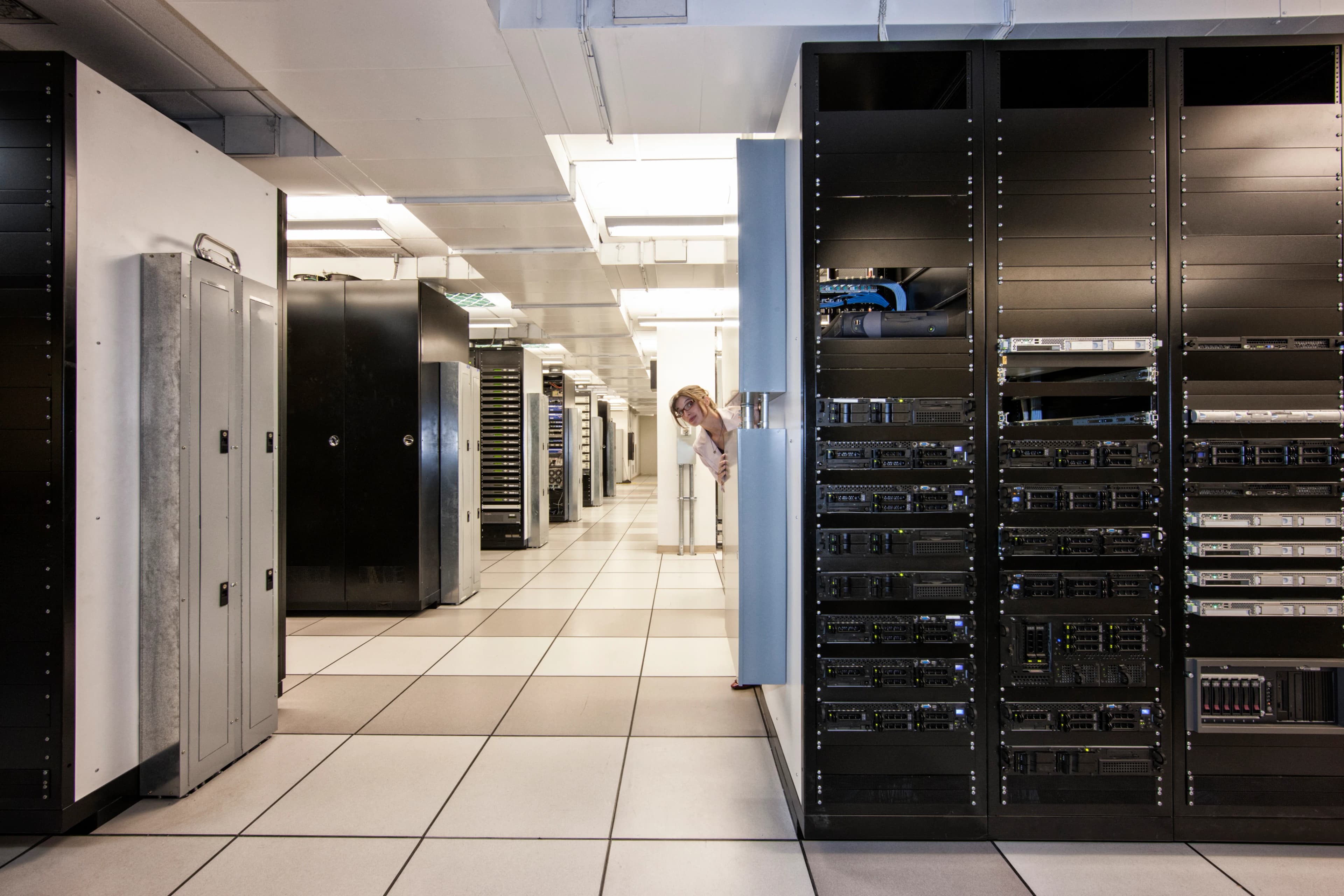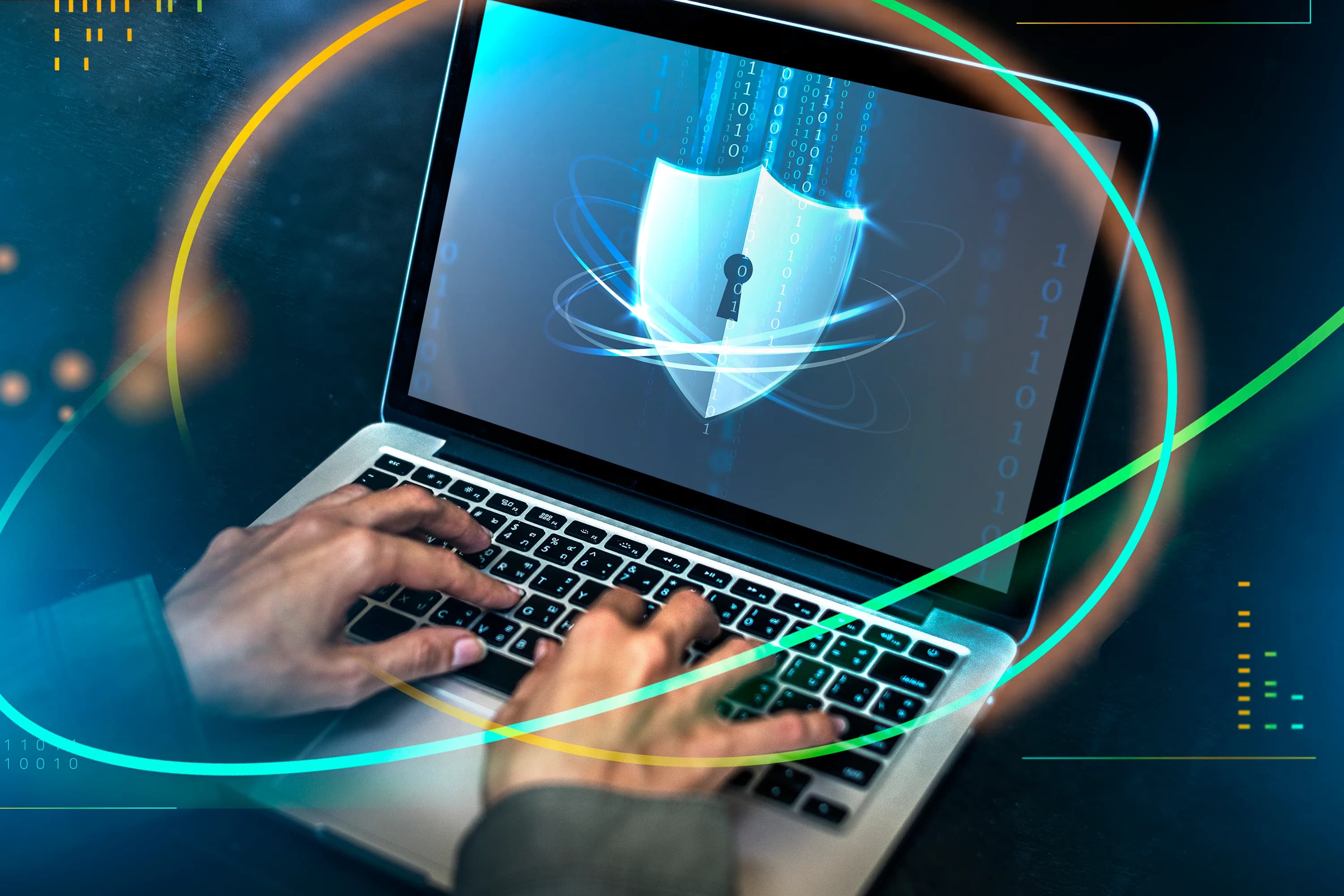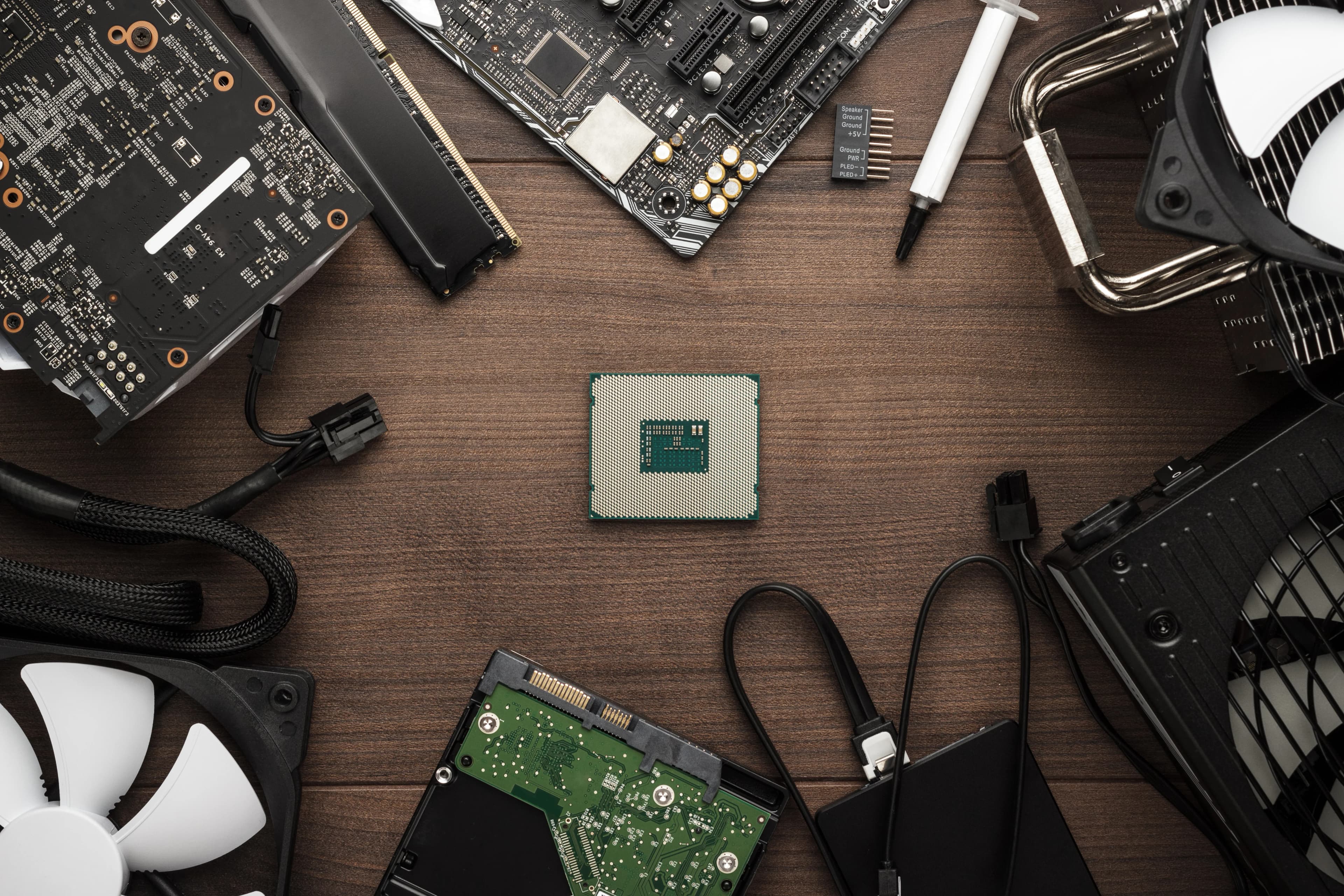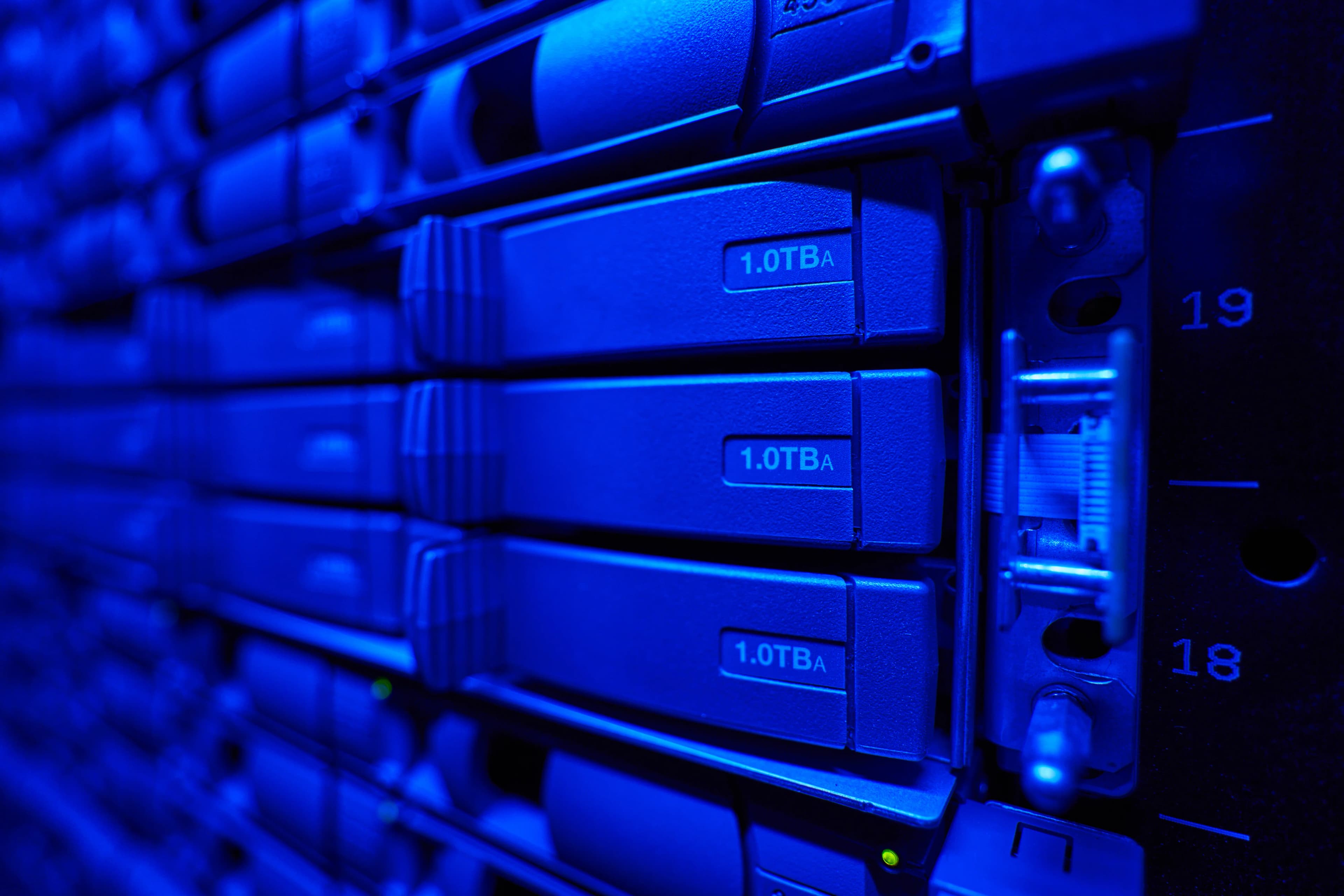Enterprise Technology Solutions Nationwide & Beyond
Partnering with the world's largest telecoms and cloud providers, we deliver enterprise-grade technology solutions that scale from local businesses to global operations.
100+
Suppliers
$25M+
Dollars Saved
100+
Customers
100+
Countries
Global Technology Partnerships
Strategic partnerships with the world's largest telecoms and cloud providers enable us to deliver enterprise solutions at any scale

































































































































Corporate Sales:1-603-932-7388
Connecting Your Business to Top Technology
From cloud infrastructure to AI solutions, we deliver enterprise-grade technology services that power your business forward.
Technical Services
Advanced technology solutions for your business

Virtual Computing
Virtual desktop and server virtualization solutions
- Server Virtualization
- Application Virtualization
- Virtual Storage

Telecommunications
Complete telecommunications solutions for voice, data, and video communications.
- Voice Solutions
- Data Services
- Video Conferencing

Security Solutions
Comprehensive cybersecurity solutions to protect your business from threats.
- Endpoint Protection
- Network Security
- Email Security

Network Solutions
Robust network infrastructure design, implementation, and management services.
- Network Design
- LAN/WAN Implementation
- Network Security

IP Phone Systems
Modern IP-based phone systems with advanced communication features.
- VoIP Technology
- Unified Communications
- Mobile Integration

Hardware & Software Solutions
Enterprise hardware and software solutions for productivity, security, and IT efficiency.
- Collaboration & Productivity Tools
- Unified Communication Hardware
- Cybersecurity & Endpoint Protection

Disaster Recovery
Comprehensive disaster recovery and business continuity planning services.
- Backup Solutions
- Recovery Planning
- Business Continuity

Data Centers
Professional data center services including colocation and managed hosting.
- Colocation Services
- Managed Hosting
- Cloud Infrastructure
.webp&w=3840&q=75)
Cloud Solutions
Comprehensive cloud computing services to modernize your business infrastructure.
- Cloud Migration
- Hybrid Cloud Architecture
- Cloud Security

AI Solutions
Intelligent AI-powered solutions to automate processes and drive business insights.
- Machine Learning
- Process Automation
- Predictive Analytics
Professional Services
Strategic consulting and business solutions

Telecom Expense Management
Specialized telecom expense management to reduce costs and optimize telecommunications spending.
- Expense Assessment
- Invoice Management
- Cost Optimization

ROI/TCO Tools
Advanced tools and analysis to measure return on investment and total cost of ownership.
- ROI Analysis
- TCO Modeling
- Cost-Benefit Analysis

Project Management
Expert project management services to keep your initiatives on track and under budget.
- Project Planning
- Resource Management
- Risk Assessment

HR Consulting
Flexible HR consulting services to support your human resources needs.
- HR Policy Development
- Recruitment Support
- Performance Management

Financial Consulting (Fractional CFO)
Fractional CFO services to optimize your financial performance and strategy.
- Financial Analysis
- Strategic Planning
- Cash Flow Management

Consulting & Strategic Planning
Strategic technology consulting to align your IT investments with business objectives.
- Technology Assessment
- Strategic Roadmapping
- Vendor Selection

Audits
Comprehensive audit services to investigate and optimize your business processes and expenses.
- Invoice Management
- Billing Error Detection
- Cost Reduction Analysis
Ready to Transform Your Business?
Contact our Corporate Sales team to discuss your technology needs and discover how we can help your business grow.
What We Do
Comprehensive technology solutions for your business
At AMD, our purpose is to provide our customers with niche and traditional technology solutions that best suit their varied needs. We start by learning where our customers currently stand.
How Technology Services Advisors Benefit your Business
2:12
Trusted Advisory
We bridge the gap between client and service provider, leveraging our expertise to find solutions that exceed expectations.
Consultation Services
Partner with leading suppliers offering the tools and services you need to succeed in today's competitive landscape.
Project Management
Keep critical projects on-track and under budget through our comprehensive telecom expense management (TEM) offerings.
Reliable Partnership
We take the hard work out of finding a reliable partner and ensure your technology investments deliver results.
Our Approach
01
Learn & Assess
We start by understanding where your business currently stands and identifying your unique technology needs.
02
Partner & Connect
Through our consultation services, we connect you with leading suppliers and the right tools for success.
03
Implement & Support
We ensure seamless implementation and provide ongoing support to maximize your technology investment.
04
Optimize & Grow
Continuous optimization and strategic guidance to help your business exceed expectations and stay competitive.

Technology Leadership
Partnering with enterprises across 6 continents, we deliver world-class technology solutions that scale.
From Fortune 500 companies to emerging markets, our network of certified experts delivers enterprise-grade solutions that drive measurable results worldwide.
Benefit #1
Save Countless Hours & Reduce Expenses
Streamline operations and cut IT costs significantly through automation and strategic optimization.
How we achieve this:
Proactive systems that prevent costly emergencies
How we accomplish this:
Our automated systems handle routine tasks and detect issues early, preventing expensive emergency repairs that cost 3-5x more than planned maintenance. This eliminates hours of manual work while reducing IT spending by up to 40%.
Right-size software and eliminate process bottlenecks
How we accomplish this:
We audit software usage to eliminate waste and streamline workflows that save 2-3 hours per day. Combined with strategic license optimization, clients typically save 25-35% on software costs while boosting productivity.
Prevent expensive business interruptions
How we accomplish this:
With proactive monitoring and instant issue resolution, we reduce unplanned downtime by 90%. This prevents costly interruptions that average $5,600 per minute while keeping your team productive.
Ready to experience these benefits for your business? Let's start with a free consultation.
IT Risk Assessment
What IT Problems
Could Cost Your Business?
Get a personalized assessment of IT risks and costs specific to your business.
Security Vulnerabilities
Compliance Risks
Hidden Costs
No email required • Takes less than 60 seconds • Get instant results
Latest Insights
Technology Insights & Industry Updates
Stay informed with our latest articles on technology trends, best practices, and industry insights.

NewsUnified Communications
5 Reasons Unified Communications Makes Sense for Your Business
Any cloud solution offers some benefits to make it an attractive choice, such as scalability, reduced costs and integration with other cloud applications. When it comes to unified communications, these benefits are just the beginning. Take a look at five reasons why you should consider eliminating your phone lines and tapping into voice over internet
September 15, 2025

Digital TransformationIT
Adapting to the New Technological World: Digital, IT, Security, and Workforce Transformation
The world is a very different place from even ten years ago, with technology continuing to rapidly evolve and expand. In order for businesses to keep up, they need to focus on becoming digitally driven and flexible enough to adapt to whatever new invention comes down the pipeline. Following are four ways to do this.
September 15, 2025

CloudSecurity
Adopt Elastic Security for Better Protection in the Cloud Era
When thinking of a security breach, it’s easy to imagine an evil, plotting hacker, holed up in a dark basement somewhere, targeting enterprises large and small. The reality is that most security breaches aren’t quite so exciting. Many occur because of a simple employee error or due to poor configurations or outdated policies. These factors
September 15, 2025

Unified Communications
Adopting a Strategic Mindset With Unified Communications Implementation
Unified communications is replacing private branch exchange (PBX) systems, and for many enterprises the investment in a new communications tool is the first in several years. The adoption of unified communications requires a completely different mindset than previous phone systems: Unified communications isn’t just telephony. Your team may need to be convinced to stop thinking of
September 15, 2025